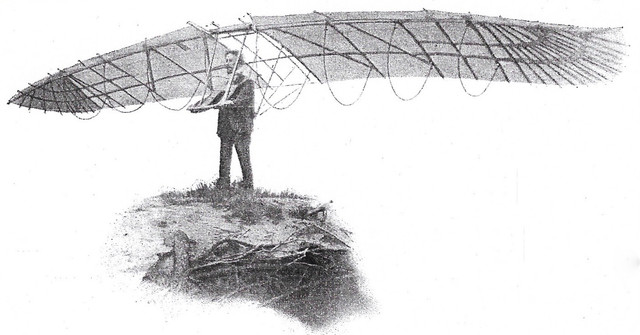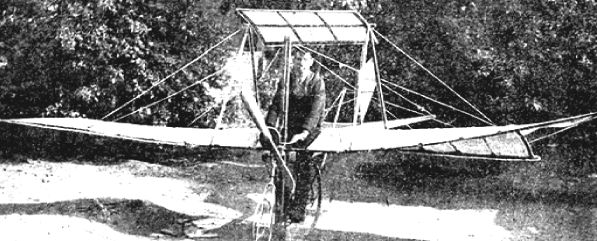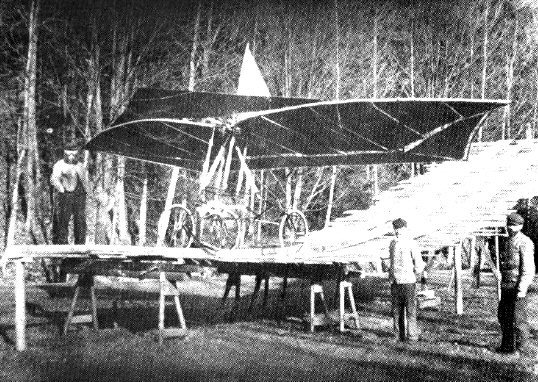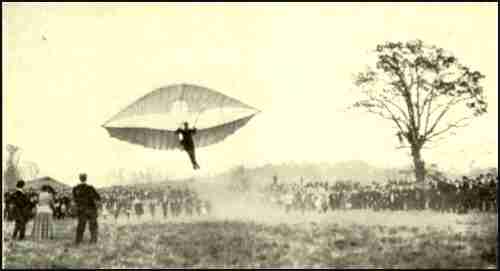In our forum for almost a decade I've placed some notes and images regarding HH matters; some of those notes are in Safe-Splat and some in Wing5 matters. Using the search tool of the forum with "high hat" brings up some of the scattered notes.
In some hang gliding scenes, HH might resolve tail challenges (non-flying tails at some launch sites, tail complexity, tail weight, ...). Actually, Otto Lilienthal's double-decker gave some seed for HH pitch stability even though he also had a rear tailing empennage on the apparatus. Großer Doppeldecker. The Burgess-Dunne flying wings of double decks hint at the HH matter. Lovejoy's High-Tailer Image High-Tailer.
At 10:15 ... on [url=https://www.youtube.com/watch?v=SNtA1cbIUSA[/url], see a powered HH example from Paris, France. The HH is contollable: the two parts of the HH may be opened and closed.
But stark small very-high hats for pitch stability and control may be an arena deserving of more attention than I've found in the literature.
This discussion thread is open to careful study of HH in the hang glider space. Resultants in yaw and roll may be important issues in HH.
Some tease with a video that claimed "New" without proof; the HH technology was known before the video's 2016 date.
Video title: New method of positive pitch stability
===============================
Filler, no-HH:

=========================
Early HH, though with other tail

#916quinquies Belbin cycleplane (UK, 1912)
Image Challenge * *
A pedal-powered monoplane built by Handsworth blacksmith H. W. G. Belbin, using an old bicycle frame and wings made of bamboo and oiled canvas. It was driven on the ground by the rear wheel, which also drove the tractor propeller. The machine was "constructed under difficulties, and in spare time, the family kitchen having been utilized as a workshop", and it bore "unmistakable evidence of the trade of its builder in the form of many fancy bits of smithing"
=======================================
Not sure:

Not sure:

 Home
Home


